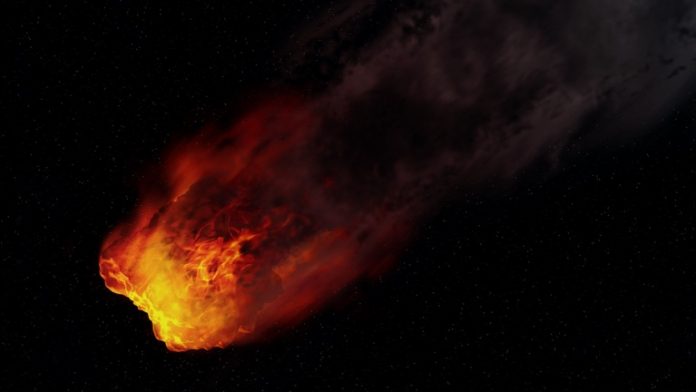Scientists think the fireball that exploded over the Australian desert on 22 August 2016 might have been a minimoon. The fireball was identified through images taken by a Desert Fireball Network— a network of cameras in Australia.
However, now a group of researchers, led by planetary scientist Patrick Shober of Curtin University in Australia, believes that, given the object’s slow velocity and almost vertical trajectory, that it was in fact a temporarily captured orbiter or ‘minimoon,’ a natural satellite pulled in by a planet’s gravity.
The object’s velocity data indicated that the space rock had been in orbit around Earth for some time before its explosive end. According to one supercomputer simulation from 2012 which used 10 million virtual asteroids, only 18,000 such objects became stuck in orbit around the simulated Earth, indicating that the phenomenon is rare indeed.
So rare, in fact, that prior to this latest revelation about the Australian desert ‘minimoon,’ we only had evidence of two such Earth minimoons, that we know of.
The first was called 2006 RH120, which orbited Earth between 2006 and 2007 before eventually burning up in our atmosphere.















